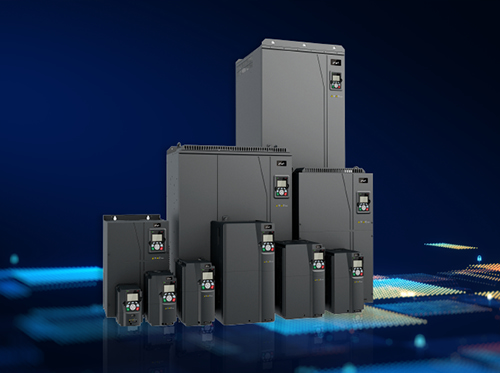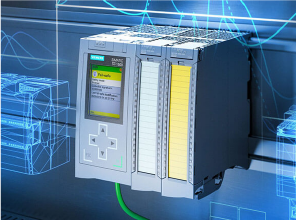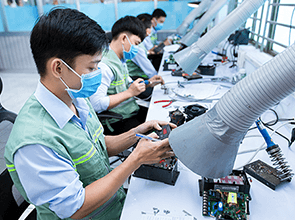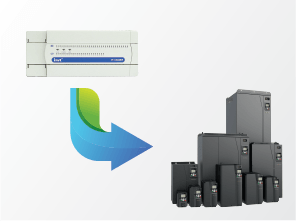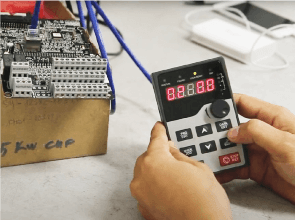Comparing VFDs and VS
Currently, there are several methods for controlling the speed of three-phase asynchronous motors, among which the use of VFDs and VS is very common.
The use of VS is a long-established method. A VS motor is equipped with a Magnetic Coupling that allows for adjustable machine speed. The coupling is essentially an electromagnetic clutch that engages and disengages through application of a direct current magnetic field. The strength of this magnetic field determines coupling force between motor shaft and machine shaft, and thus, speed at machine shaft’s end can be controlled smoothly by a DC voltage controller connected to coupling coil.
The drawbacks of VS motors are as follows:
- During operation, asynchronous motor always runs at a rated speed, even when machine’s speed changes. This leads to a significant waste of electrical energy.
- The speed adjustment range of VS motors is limited, typically from 0Hz to grid frequency. VS motor controllers lack torque compensation during startup, resulting in a non-smooth motor start.
- They lack motor protection features, phase loss protection, power factor improvement, integrated advanced functions, and communication capabilities with PLCs and HMIs.
- Efficiency is reduced due to the additional electromagnetic clutch. Today, with advancement of semiconductor technology, VFDs have become preferred choice for controlling speed of three-phase asynchronous motors.
VFDs offer superior features, including:
- Precise, continuous speed control of asynchronous motors, resulting in significant energy savings and improved motor power factor.
- VFDs like INVT utilize power components from reputable Eupec brand in Germany, feature dual power stages, and have high overload capabilities (150% for 60 seconds, 180% for 10 seconds).
- VFDs have a wide speed control range (0~400Hz), enabling rapid acceleration of motors (up to 8 times grid frequency).
- Various control modes are available, including V/F, SVC, VC, and Torque control.
- High starting torque, torque compensation up to 10%, and smooth motor startup.
- The function of dynamic braking and DC braking.
- Motor protection functions include overvoltage, undervoltage, input phase loss, output phase loss, motor overload, overcurrent, ground fault detection, and more.
- VFDs like INVT also integrate many useful functions, such as multi-speed operation, skip operation, zigzag operation, basic PLC functions, free-stop, and speed capture.
- They offer connectivity options to computers, PLCs, and HMIs through communication ports, and the ability to connect two remote display screens up to 110 meters apart.


